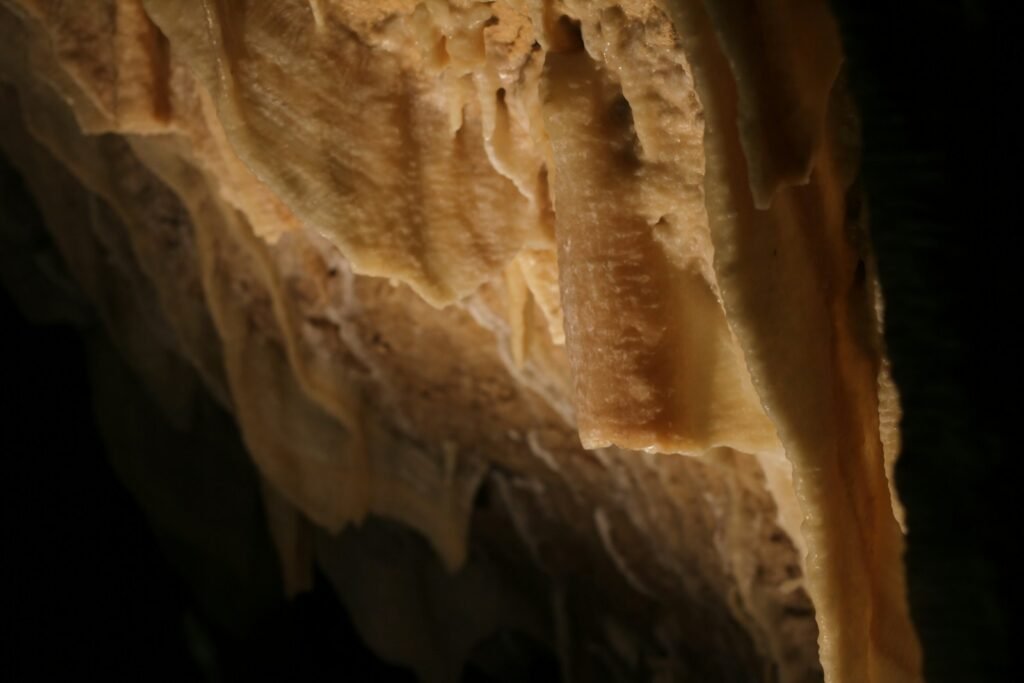Picture this: You’re wandering through the magnificent halls of Carlsbad Caverns, admiring the stunning stalactites and stalagmites, when suddenly you notice something peculiar. Hidden in the shadows, on the walls, ceiling, and in the crystal-clear pools, an entire microscopic universe thrives in total darkness. These aren’t your typical bacteria – they’re some of the most extraordinary and resilient microorganisms on Earth, living in conditions that would instantly kill most life forms.
The Hidden Microscopic Metropolis
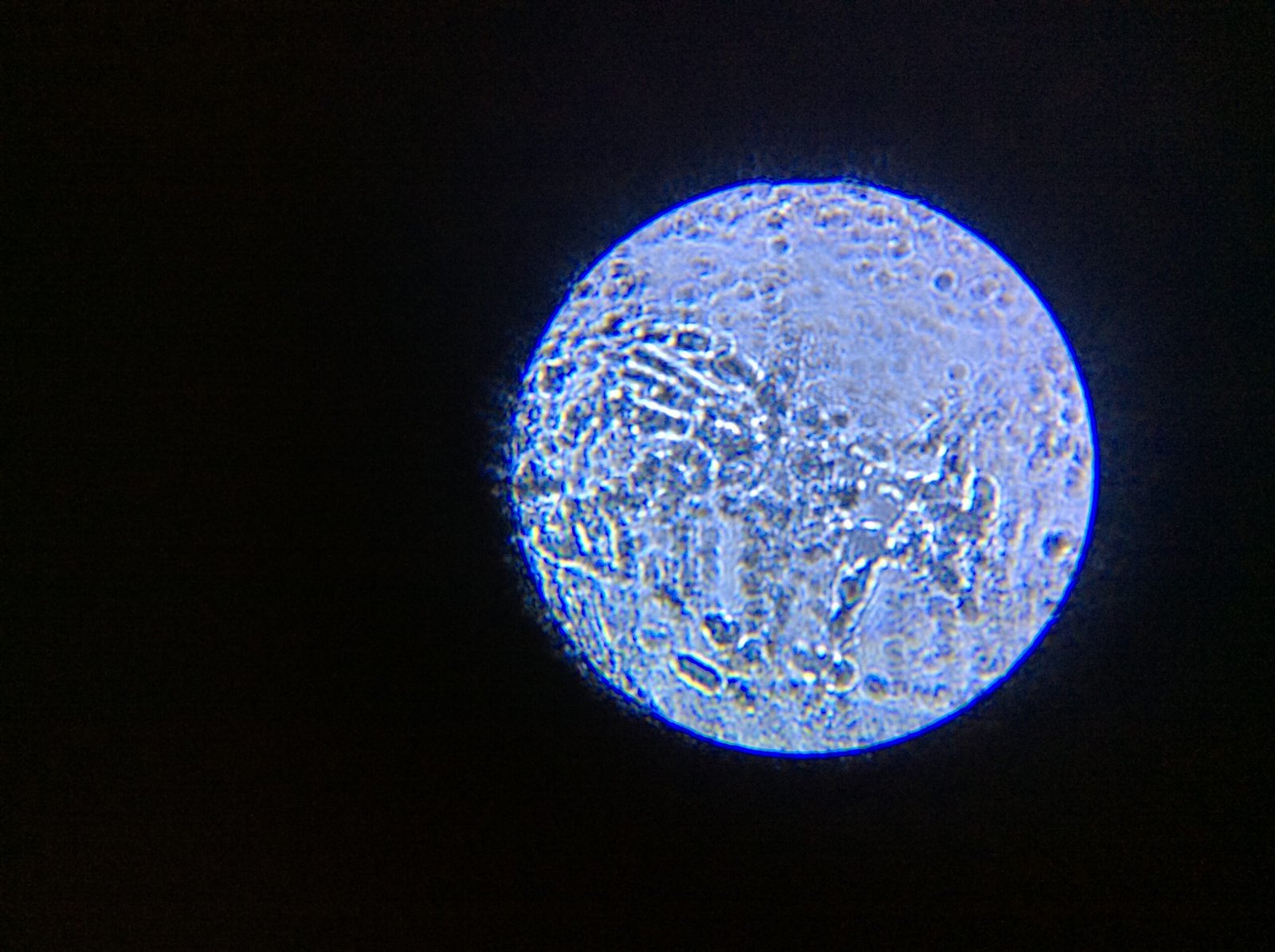
Carlsbad Caverns National Park harbors an astonishing secret: its cave pools contain diverse viral communities with approximately 22:1 viral-like particles to microorganisms ratio, revealing novel viral sequences that scientists are just beginning to understand. What makes this discovery even more remarkable is that these microbial communities have been thriving in complete isolation for millions of years. The bacterial and fungal colonization is relatively extensive, with 92 species of fungi in 19 genera identified throughout the cave in oligotrophic (nutrient-poor) “soils” and pools. Think of it as Manhattan’s population density, but instead of people in skyscrapers, you have microscopic organisms stacked in biofilms, each playing a crucial role in this underground ecosystem. The sheer number of these tiny residents would make your head spin – we’re talking about millions upon millions of microbes in every drop of cave water.
Ancient Antibiotic Warriors

Deep in a pristine New Mexico cave, scientists have discovered nearly a hundred types of bacteria that can fight modern antibiotics, serving as an intriguing lead in the quest to understand how drug-resistant diseases emerge. These aren’t newly evolved superbugs – they’re ancient bacteria that have been perfecting their defensive strategies for millions of years. Antibiotic-resistant bacteria discovered in the isolated and little-visited Lechuguilla Cave provide evidence that antibiotic resistance is ancient and widespread in bacteria. It’s like finding a medieval castle with defensive mechanisms that can still repel modern weapons. These bacterial warriors have been locked away in their limestone fortress, developing resistance techniques that predate the invention of penicillin by eons.
The Sulfur-Breathing Dragons
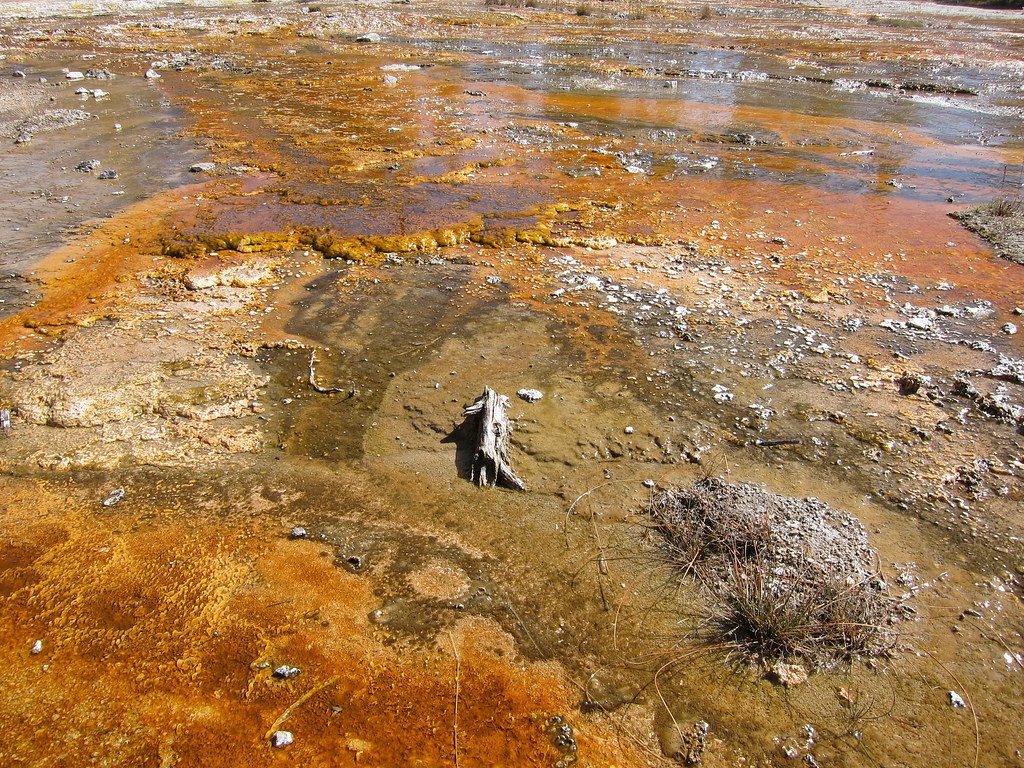
Lechuguilla Cave is a deep, extensive, gypsum and sulfur-bearing hypogenic cave where bacteria are associated with iron-, manganese-, and sulfur-rich encrustations on calcitic folia near the suspected water table 466 meters below the entrance. These microbes don’t just survive in this toxic environment – they absolutely thrive in it. These organisms thrive in sulfuric acid caves, where they form the base of a food web that supports entire subterranean chemosynthetic ecosystems, and because they live off hydrogen sulfide oxidation, they produce sulfuric acid and substantially speed up cave formation. Imagine bacteria that literally breathe poison and excrete battery acid – that’s essentially what these remarkable microorganisms do every day. They’ve turned what would be a death sentence for most life forms into their primary source of energy and sustenance.
The Snottite Phenomenon

Snottites are rubbery biofilms that hang from cave walls and ceilings, formed by microorganisms that live off hydrogen sulfide gas in the cave air, and these biofilms are extremely acidic, pH 0-1, which is more acidic than the acid in your stomach. These grotesque-looking formations earned their name because they literally look like enormous, dripping globs of snot hanging from the cave ceiling. Snottites are extremely acidic (pH 0 to 1) biofilms from hydrogen sulfide-rich caves, dominated by sulfur-oxidizing bacteria in the genus Acidithiobacillus. But don’t let their disgusting appearance fool you – these biofilms represent one of the most sophisticated microbial engineering projects on the planet. The results showed a highly complex, intricate structure with voluminous, globular, and tube-like glycoconjugates of different dimensions and densities, with filamentous bacteria providing additional strength to the snottites.
Cave Formation Engineers

Biofilms, which are complex layered communities of sulfur-consuming microbes, increase the rate of cave formation, with sulfuric acid cave systems losing about two and a third inches or six times as much wall material every thousand years compared to carbonic acid cave systems. These bacterial communities aren’t just passive residents – they’re active construction workers, constantly reshaping their environment. The layers against the rock surface use oxygen and hydrogen sulfide for energy and produce sulfuric acid, while middle layers provide opportunities for microbes that find oxygen poisonous to thrive. It’s like having a construction crew where each worker has a specialized job, working together to carve out some of the most spectacular underground chambers on Earth. These microbial architects have been at work for millions of years, creating the very spaces that millions of tourists now visit in wonder.
The Toxic Pool Inhabitants

Viral communities from pools with higher tourist traffic were more similar to each other than to those from less visited pools, with bacterial hosts predicted from viral sequences showing overlap with both rare and abundant genera and families. The cave pools aren’t just decorative water features – they’re bustling microbial cities with their own unique populations. Green Lake and Longfellow’s Bathtub share characteristics of heavy tourist traffic and artificial lighting, with associated lampenflora microbes including photosynthetic cyanobacteria, while viral communities clustered differently than prokaryotic communities. What’s fascinating is how these pool communities respond to human presence. The bacteria in heavily visited areas have actually adapted to the constant influx of human-associated microbes, creating entirely different ecological dynamics than their pristine counterparts in remote sections of the cave.
Chemosynthetic Food Webs

Various lines of evidence suggest that autotrophic bacteria are present in the ceiling-bound residues and could act as primary producers in a unique subterranean microbial food chain, with suspected autotrophic bacteria probably being chemolithoautotrophic, utilizing trace iron, manganese, or sulfur. Unlike the surface world where plants use sunlight for photosynthesis, these cave bacteria have mastered the art of chemosynthesis – making food from chemicals. Cave biofilms are the bottom of the food chain for cave ecosystems, providing food for spiders, flat worms, pill bugs and amphipods that form a blind and pigmentless community, with the only other place we find sulfur-based ecosystems being near deep sea vents on the ocean floor. These microscopic chefs are literally cooking up meals using toxic gases and minerals, creating a foundation for an entire ecosystem that exists in perpetual darkness.
Viral Dark Matter

Carlsbad Cavern harbors novel viruses with substantial diversity among pools within the same system, indicating that caves are likely an important repository for unexplored viromes, with novel viruses adding to knowledge of “viral dark matter”. The cave isn’t just home to bacteria – it’s also harboring an invisible army of viruses that scientists are only beginning to understand. Gene-sharing network analysis revealed high viral diversity compared to a reference viral database as well as to other aquatic environments, with AMG presence showing variation in metabolic potential among the four pools. These viruses are like the cave’s secret intelligence network, moving between bacterial hosts and potentially controlling population dynamics in ways we’re just starting to comprehend. They represent some of the most unexplored genetic material on our planet.
The Extreme Acidophiles
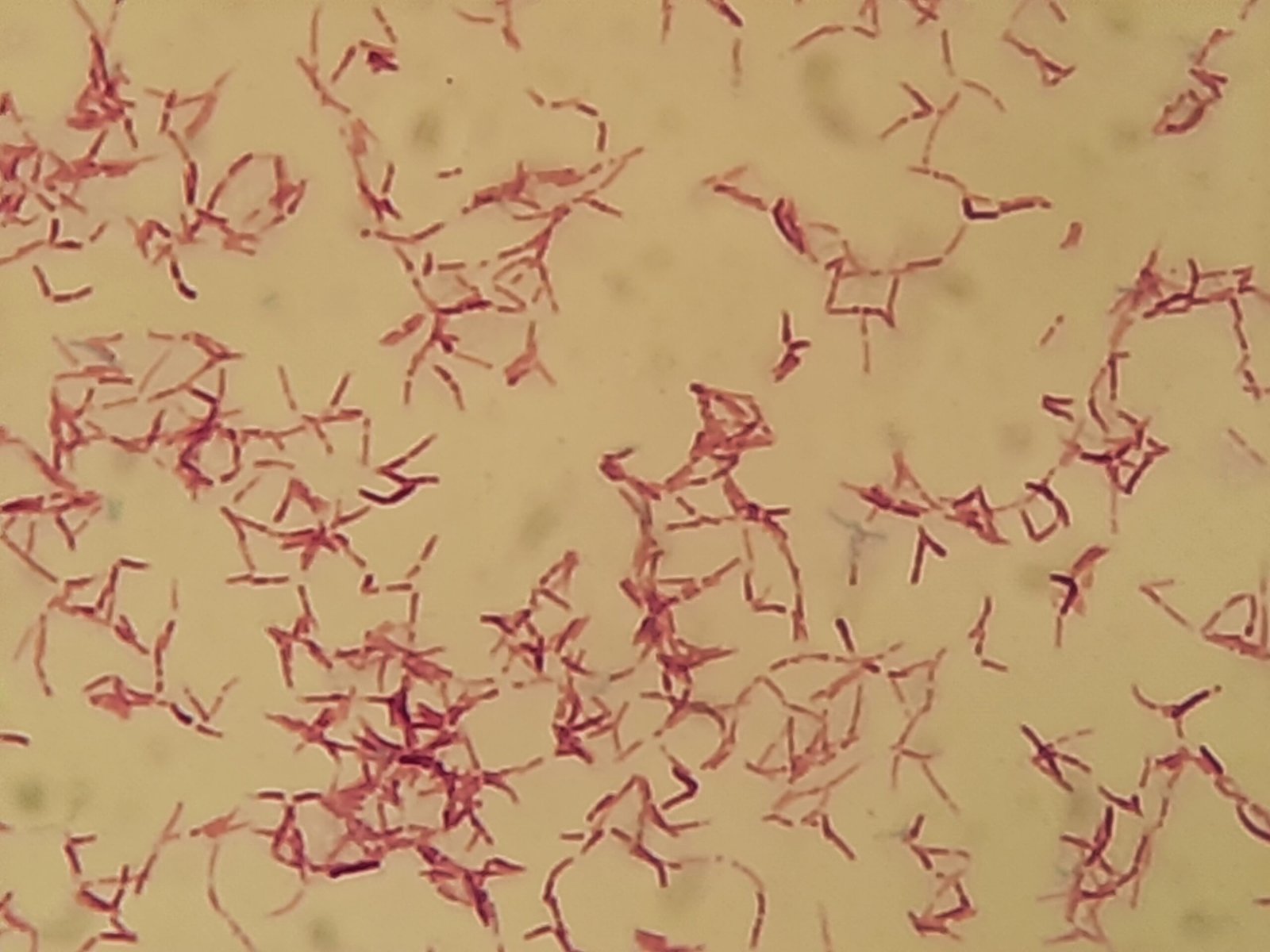
Mackenzie Best is studying the acid-adapted organisms that form snottites, known as extreme acidophiles, with some organisms from cave snottites being the most acid-tolerant microorganisms known. These bacteria make the most hardcore extremophiles look like delicate flowers. Acidophilic bacteria and archaea inhabit extreme geochemical “islands,” with snottite community assembly following stochastic colonization by microorganisms from local sources, followed by selective environmental filtering for organisms that can survive in extremely acidic subaerial cave biofilms. They’re essentially living in what amounts to battery acid, thriving in conditions that would dissolve human skin in seconds. The fact that life can not only survive but flourish in such extreme conditions completely challenges our understanding of the limits of life on Earth.
Bacterial Biofilm Architecture

Biofilms are made up of thin layers of microbe species that can be very different, with some living in pools, lakes and streams while others live on damp walls, with cave biofilm layers fulfilling different niches in their very tiny environment. These aren’t random bacterial colonies – they’re highly organized, multi-story microbial cities with designated neighborhoods. The gelatinous snottites revealed at the microscale a highly complex structure not seen before, with the extracellular matrix identified as clusters of different shape and density. Think of it as bacterial urban planning, where different species occupy different floors of the same building, each with specialized functions. In dental biofilms, the microbes on the teeth produce acids that cause cavities, while ones on top create right conditions for acid-producing microbes to survive, similar to how cave biofilm layers fulfill different niches. It’s remarkably similar to how human cities are organized, but on a microscopic scale.
The Cave’s Microbial Hunters

Epifluorescence microscopy showed that the ratio of viral-like particles to microorganisms was approximately 22:1 across all sites, with viral communities from pools with higher tourist traffic being more similar to each other. The viruses in these caves aren’t just passive genetic material – they’re active predators, hunting down bacteria with surgical precision. Bacterial hosts predicted from viral sequences using iPHoP showed overlap with both rare and abundant genera and families, with gene-sharing network analysis revealing high viral diversity. These viral hunters have co-evolved with their bacterial prey for millions of years, creating an intricate predator-prey relationship that helps maintain the delicate balance of the cave ecosystem. They’re like microscopic wolves, keeping bacterial populations in check and preventing any single species from dominating the environment.
Metabolic Marvels

Based on metagenomic evidence, the Acidithiobacillus population is autotrophic and oxidizes sulfur by the sulfide-quinone reductase and sox pathways, with evidence for adaptations to extreme acidity including sequences for cation transporters and hopanoid synthesis. These bacteria have essentially rewritten the book on metabolism, developing biochemical pathways that seem almost alien to surface life. Autotrophs generally draw energy by chemosynthesis from organic and inorganic compounds from rocks, cave sediments, and groundwater, with some microorganisms utilizing mixotrophy, while such microbial communities take part in formation of caves and sediments influencing several biogeochemical processes. They’ve mastered the art of eating rocks and breathing poison, turning the most inhospitable environments into thriving ecosystems. Their metabolic innovations could potentially revolutionize our understanding of life’s possibilities throughout the universe.
Biogeographic Isolation

Dispersal rates of extreme acidophiles into these caves should be very low, with snottites being analogous to extremely acidic “islands” in a “sea” of alkaline limestone bedrock, and although the same genera of acidophiles occurred in snottites on separate continents, most members represent substantially divergent populations. Each cave system is like a separate island in an ocean, with its own unique bacterial populations that have evolved in isolation. This work represents a novel contribution to microbial biogeography by applying a population genetics approach to investigate extremely acidophilic microorganisms in caves, with different species of Acidithiobacillus inhabiting snottite biofilms on different continents. It’s evolution in action, with each cave system developing its own distinctive microbial fingerprint over millions of years. These isolated populations provide living laboratories for understanding how life adapts and evolves in extreme environments.
The Tourist Effect
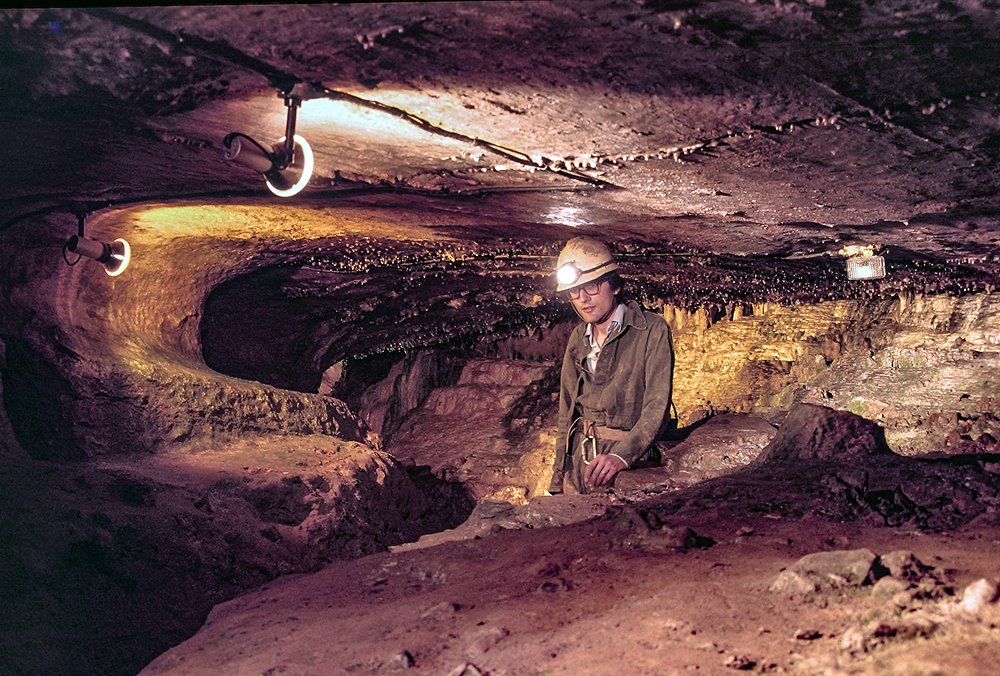
In 2009, nonculture-based analyses demonstrated that Enterobacteriaceae were the dominant microbiota at sites along the descent trail and within the Lunch Room, with dominance of Enterobacteriaceae not being previously demonstrated in caves. Human visitors are unknowingly introducing foreign microbial species into these pristine ecosystems, creating a fascinating case study in biological invasion. Viral communities from pools with higher tourist traffic were more similar to each other than to those from less visited pools, with Green Lake and Longfellow’s Bathtub sharing characteristics of heavy tourist traffic and artificial lighting. Every footstep, every breath, every touch introduces new microbes into environments that have remained virtually unchanged for millions of years. It’s like watching real-time ecological transformation as these ancient microbial communities adapt to the sudden influx of surface-dwelling bacteria.
Biotechnological Goldmine

Bacteria found only in Lechuguilla Cave have provided promising leads in the search for cancer-fighting drugs. These cave bacteria aren’t just scientifically fascinating – they’re potentially life-saving pharmaceutical factories. Some cave microorganisms show medical or biotechnological potential due to antimicrobial activity or induction of mineral precipitation, and with more knowledge about cave organisms and popularization of metagenomics studies, we observe increased interest in microorganisms from extreme environments. Scientists are racing to unlock the secrets of these microbial chemists, hoping to discover new antibiotics, cancer treatments, and industrial applications. The use of biomineralizing microorganisms in the construction industry as well as in removal of toxic minerals from the environment is very promising, with caves being promising sources of microorganisms with such characteristics. These tiny organisms could hold the keys to solving some of humanity’s biggest challenges.
Future Frontiers

Caves are ubiquitous subterranean voids, accounting for a still largely unexplored surface of the Earth underground, with caves being naturally colonized by microorganisms that have developed distinctive capabilities to thrive under extreme conditions of darkness and oligotrophy. We’re only scratching the surface of what these underground worlds contain. Despite unfavorable growth conditions and many limiting factors, microorganisms are able to thrive in cave ecological niches, showing vast biodiversity with countless novel species isolated from rock walls, cave soil, water, moonmilk, and vermiculation deposits. Every expedition into these subterranean realms reveals new species, new biochemical pathways, and new possibilities for life. The caves beneath our feet represent one of the last great frontiers for biological discovery, holding secrets that could transform our understanding of life itself.
The bizarre bacteria living deep inside Carlsbad Caverns represent far more than simple microorganisms surviving in harsh conditions. They’re evolutionary marvels that have transformed toxic environments into thriving ecosystems, ancient pharmacists holding keys to future medicines, and microbial engineers that have literally carved out some of Earth’s most spectacular underground chambers. These microscopic residents of the deep have been conducting their own version of space exploration for millions of years, proving that life finds a way even in the most impossible places. As we continue to explore these hidden worlds, we’re not just discovering new species – we’re uncovering the incredible resilience and creativity of life itself. What other secrets do you think these ancient cave dwellers might be hiding in the darkness?

